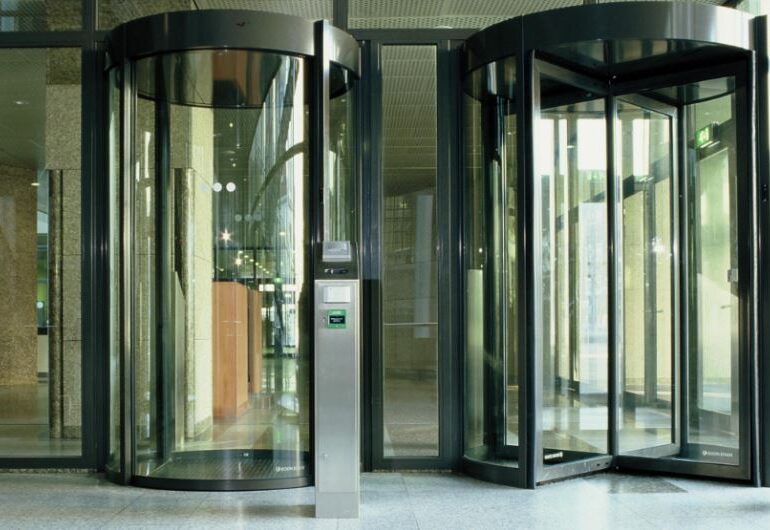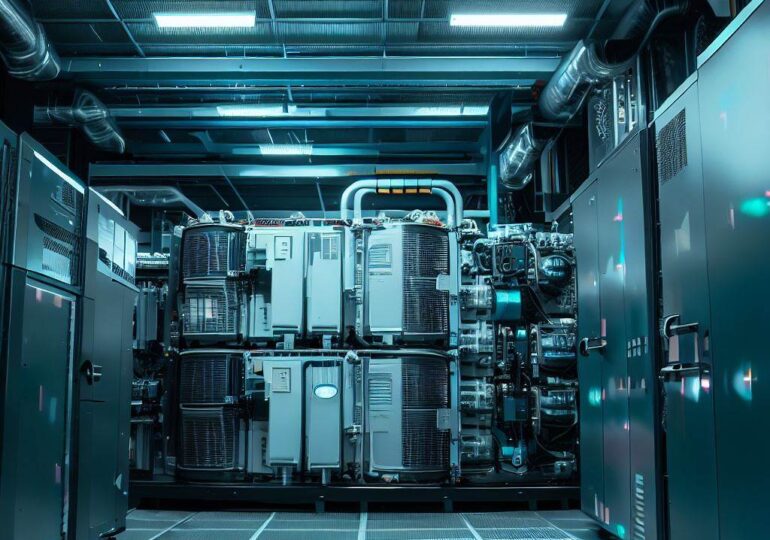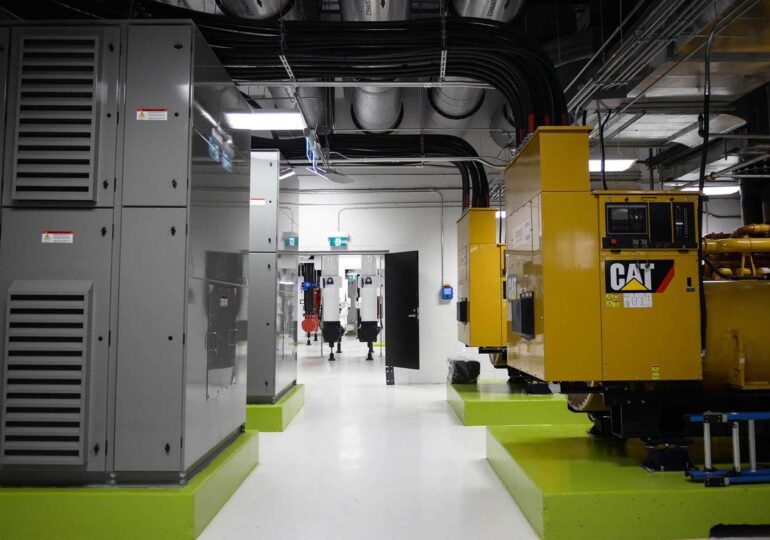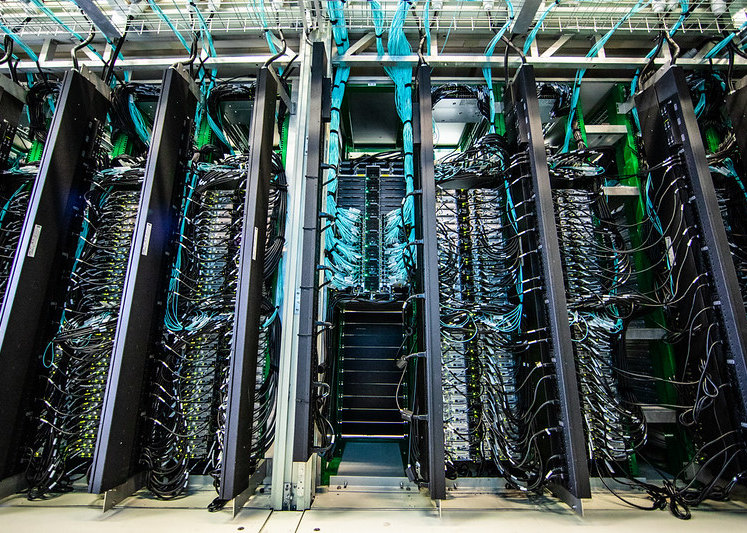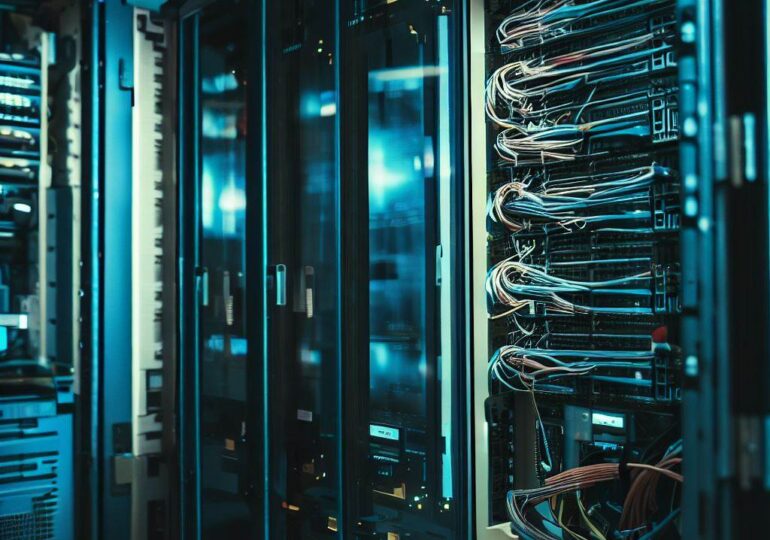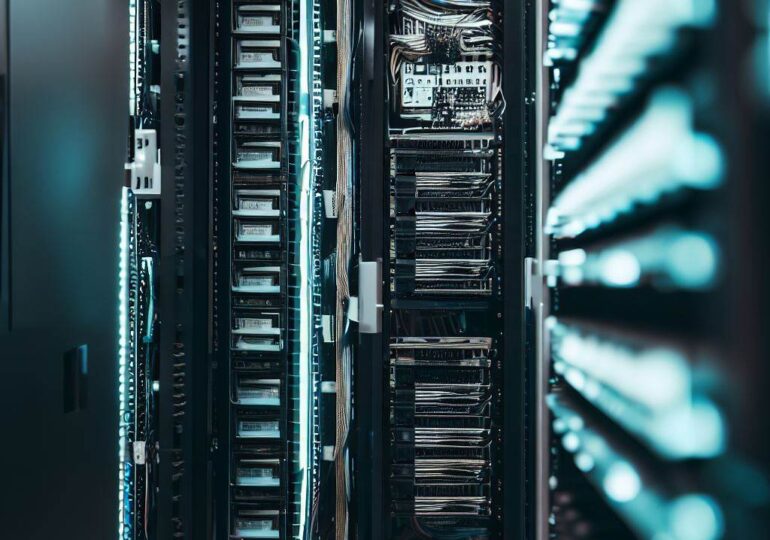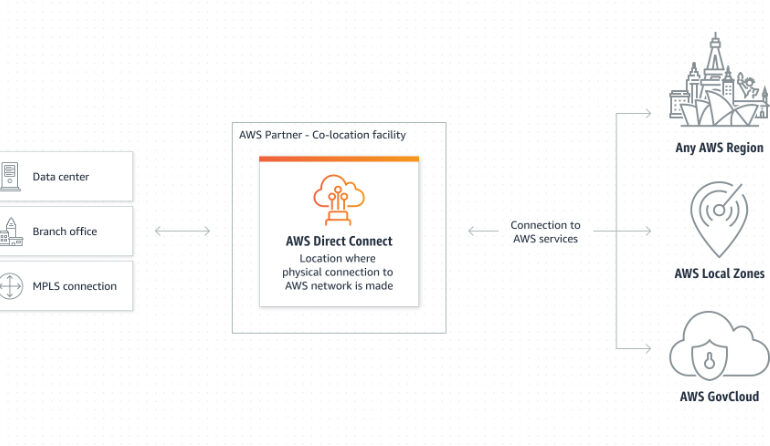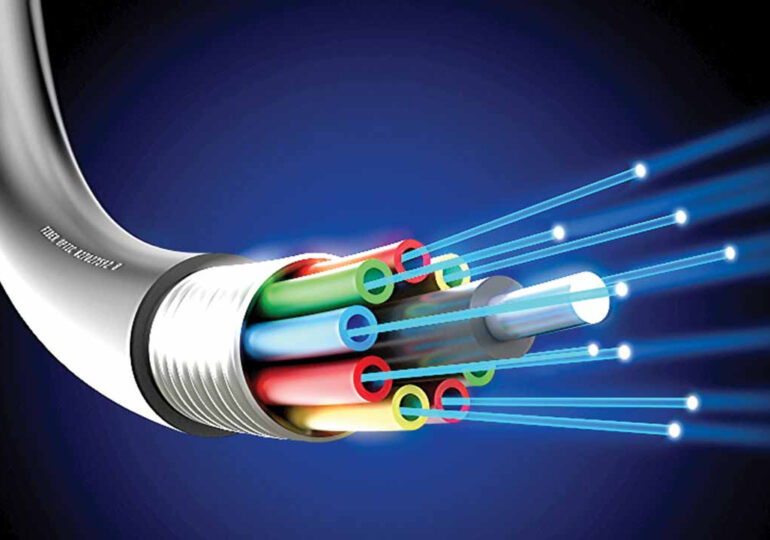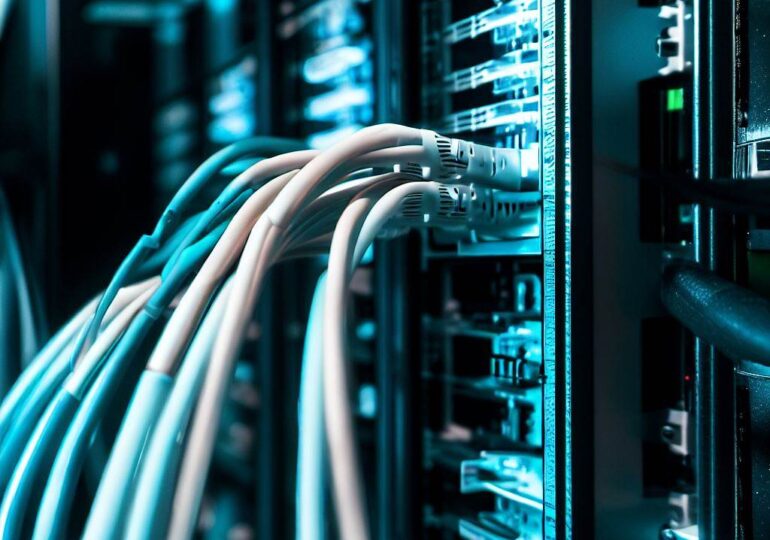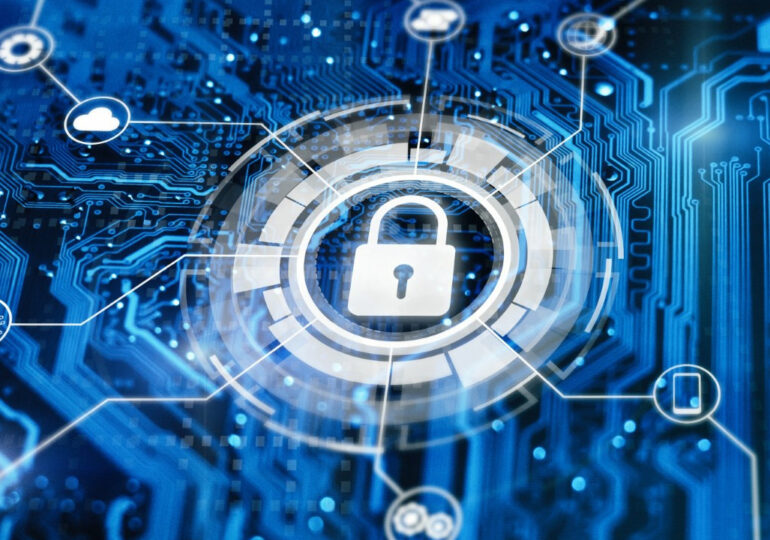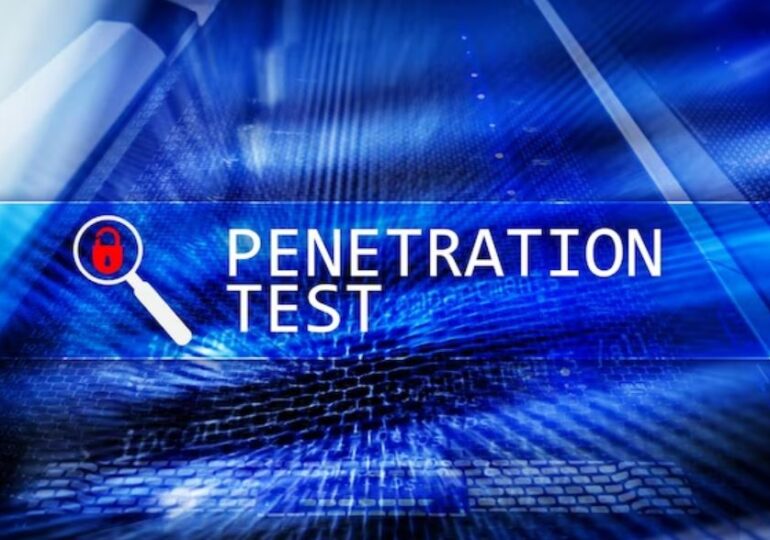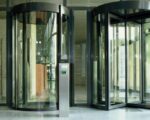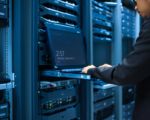Why are quality and fibre count important in fibre optic cables for internet data networks?
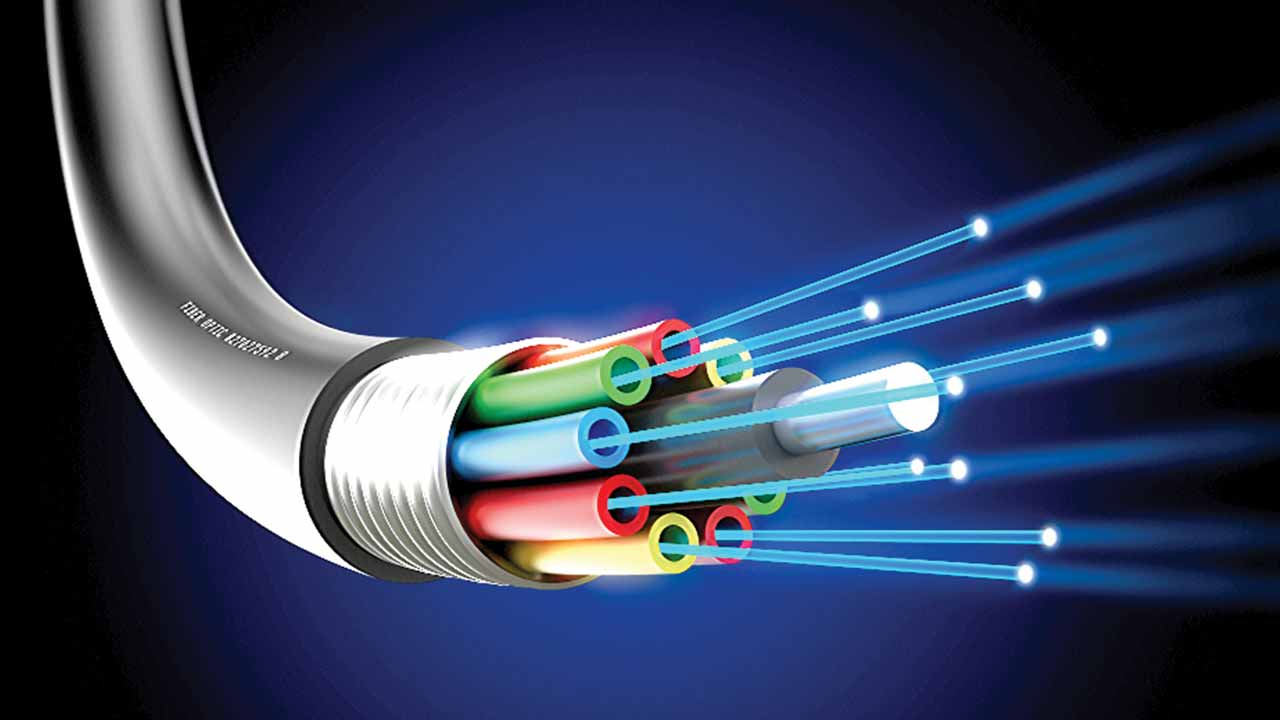
In today’s digital world, where fast and reliable internet connectivity is essential, fibre optic cables have become the go-to solution for businesses and individuals alike. However, not all fibre optic cables are created equal. The quality and fibre count of these cables plays a crucial role in determining their performance and durability for internet data networks. Let’s delve deeper into why these factors matter so much.
In this article, we will summarise the important points to consider:
- Quality in fibre optic cables
- Importance of fibre count in optical cables
- Benefits of high-quality fibre optic cables
- Factors to consider when choosing fibre optic cables
- Common misconceptions of fibre optic cables
- Fibre optic cable installation best practices
- Maintenance and troubleshooting tips for fibre optic cables
- Comparisons of different types of fibre optic cables
Quality in fibre optic cables
Quality is a paramount consideration when it comes to fibre optic cables. High-quality cables are designed to minimize signal loss and ensure faster data transmission speeds. They offer superior connectivity, allowing for seamless data transfer without interruptions or delays. Investing in quality cables also means that you’re less likely to face frequent repairs or replacements, resulting in significant cost savings in the long run.
Importance of fibre count in optical cables
Fibre count refers to the number of individual fibre strands within a cable. The higher the fibre count, the greater the cable’s capacity to handle large volumes of data traffic. This becomes crucial for organizations with heavy data requirements or those planning for future scalability. By opting for cables with a higher fibre count, you can ensure that your network can handle the increasing demands of data transmission, ultimately preventing bottlenecks and maintaining smooth operations.
Benefits of high-quality fibre optic cables
Investing in high-quality fibre optic cables brings several benefits to your internet data network. Firstly, these cables offer minimal signal loss, enabling you to maintain a consistent and reliable connection. This is particularly crucial for businesses that rely heavily on real-time data transfer, such as financial institutions or online service providers.
Secondly, high-quality cables provide faster data transmission speeds, allowing for quick and efficient communication. Whether you’re uploading large files, streaming high-definition videos, or participating in video conferences, having a fast and stable internet connection is essential for productivity and user experience.
Furthermore, quality cables are designed to withstand various environmental factors, such as temperature fluctuations and moisture. This durability ensures that your network remains operational even in challenging conditions, reducing the risk of downtime and maintaining business continuity.
Factors to consider when choosing fibre optic cables
When selecting fibre optic cables for your internet data network, there are several factors to consider. Firstly, assess the specific needs of your network, including the expected data traffic and future scalability requirements. This will help determine the appropriate fibre count and ensure that your network can handle current and future demands.
Additionally, consider the cable’s construction and materials used. Opt for cables with robust protective layers that can withstand physical stress and environmental factors. Look for features such as water resistance and UV protection, especially if you plan to install the cables outdoors or in harsh environments.
It’s also crucial to choose cables from reputable manufacturers known for their quality standards. Check for certifications and industry accolades to ensure that you’re investing in reliable and durable cables.
Common misconceptions about fibre optic cables
Despite the numerous advantages of fibre optic cables, some common misconceptions need to be addressed. One of these misconceptions is that fibre optic cables are fragile and easily damaged. While it’s true that mishandling can cause damage, fibre optic cables are designed to be highly durable. They can withstand bending and physical stress, making them suitable for various installation environments.
Another misconception is that fibre optic cables are expensive. While they may have a higher upfront cost compared to traditional copper cables, the long-term benefits and cost savings outweigh the initial investment. With their superior performance, reliability, and longer lifespan, fibre optic cables offer a more efficient and cost-effective solution in the long run.
Fibre optic cable installation best practices
Proper installation is crucial for maximizing the performance and lifespan of fibre optic cables. Here are some best practices to follow:
- Ensure that the cables are not excessively bent during installation, as this can cause signal loss and degradation. Use appropriate bend radius guidelines provided by the cable manufacturer.
- Protect the cables from sharp edges or potential physical damage by using protective conduits or cable trays.
- Avoid excessive tension on the cables during installation, as this can lead to signal loss or cable damage. Use appropriate cable management techniques to maintain proper tension.
- Follow industry-standard practices for cable termination and splicing to ensure optimum performance and connectivity.
- Perform thorough testing and inspection after installation to identify any potential issues or faults. Regular maintenance and monitoring are essential to prevent downtime and maintain network performance.
Maintenance and troubleshooting tips for fibre optic cables
To keep your fibre optic cables in optimal condition, regular maintenance and troubleshooting are essential. Here are some tips to follow:
- Keep the cable connectors clean and free from dust, dirt, or debris. Use lint-free wipes and approved cleaning solutions to prevent signal loss or connectivity issues.
- Inspect the cables regularly for any signs of damage, such as cuts, breaks, or kinks. Address any issues promptly to prevent further damage or signal degradation.
- Monitor the cable’s performance using appropriate testing equipment. Regularly check for signal loss, latency, or other performance indicators to identify any potential issues.
- Have a clear understanding of your network’s performance benchmarks. Establish baseline measurements and regularly compare them to ensure that your network is operating within acceptable parameters.
- Train your staff on proper handling and maintenance procedures for fiber optic cables. Educate them about potential risks and best practices to minimize the chances of accidents or damage.
Comparison of different fibre optic cable options
There are several types of fibre optic cables available, each with its own advantages and use cases. Here’s a brief comparison:
- Single-mode fibre (SMF): Designed for long-distance data transmission, SMF offers low signal loss and high bandwidth. It is ideal for applications that require high-speed and long-range connectivity, such as telecommunications and data centers.
- Multimode fibre (MMF): MMF is suitable for shorter distances and offers higher bandwidth compared to SMF. It is commonly used in local area networks (LANs) and campus environments.
- Armoured fibre cables: These cables have an additional layer of protection, such as metal or Kevlar, to withstand physical stress and damage. They are ideal for rugged or harsh environments where cables are exposed to potential hazards.
- Plenum-rated cables: Plenum-rated cables are designed for installation in plenum spaces, which are the areas within buildings used for air circulation. They have fire-resistant properties and emit limited smoke or toxic fumes in case of a fire.
Consider your specific network requirements, installation environment, and budget when choosing the appropriate fibre optic cable option.
Conclusion: Investing in quality and fibre count for reliable data networks
In conclusion, the quality and fibre count of fibre optic cables are crucial factors to consider when building reliable and efficient internet data networks. High-quality cables minimize signal loss, offer faster data transmission speeds, and provide superior connectivity. The fibre count determines the cable’s capacity to handle large volumes of data traffic, ensuring scalability and future-proofing your network.
By investing in the right fibre optic cables, you can enjoy uninterrupted connectivity, faster data transfer speeds, and the ability to meet growing data demands. Whether you’re a business owner or a home user, choosing quality and fibre count ensures that your internet connection remains reliable and efficient.
So, when it comes to fibre optic cables for your data network, prioritize quality and fibre count to unlock the full potential of your internet connectivity.

